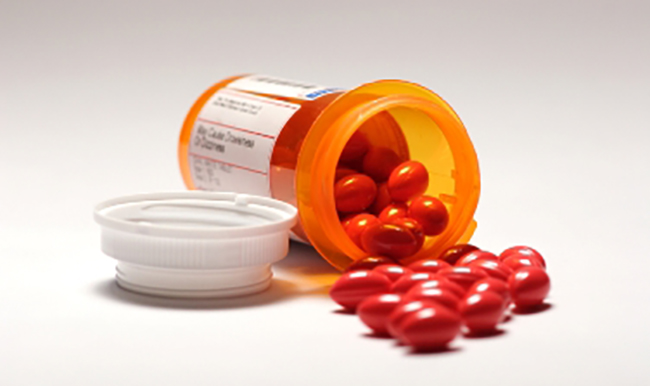 Many opiates, such as Oxycodone and Hydrocodone, have seen a dramatic increase in abuse over the last several years. Data from the National Survey on Drug Use & Health (NSDUH) showed that lifetime use of oxycodone increased 47 percent, and that of Hydrocodone 27 percent.1 In addition, the Drug Abuse Warning Network showed that Oxycodone single use (not in combination with other drugs) increased a staggering 295 percent.2
Many opiates, such as Oxycodone and Hydrocodone, have seen a dramatic increase in abuse over the last several years. Data from the National Survey on Drug Use & Health (NSDUH) showed that lifetime use of oxycodone increased 47 percent, and that of Hydrocodone 27 percent.1 In addition, the Drug Abuse Warning Network showed that Oxycodone single use (not in combination with other drugs) increased a staggering 295 percent.2
These prescribed drugs are obtained on the street from numerous sources or from individuals who visit many different doctors with fake symptoms to obtain multiple prescriptions for the drugs.
In the past, opiate drug screening panels only detected opiates such as Codeine and Morphine. Since the other opiates share structural similarities with Morphine, the opiate screening reagents detect additional opiates to varying extents. In the case of Oxycodone, most general opiate screens only detect Oxycodone if it is present at a high concentration.
However, Quest Diagnostics urine screening technology has a specific reagent that can detect Oxycodone as low as 100 ng/mL. In a pilot study by Quest Diagnostics using 20,000 specimens, the positivity rates for Oxycodone alone increased from 0.19 percent to 0.53 percent 3 – an increase of more than 150 percent using the new, expanded panel. The expanded opiate panel includes testing for Codeine, Oxycodone, Hydromorphone, Hydrocodone, Morphine, and Oxymorphone.
| Trade names for commonly abused opiates: |
| Hydrocodone |
Vicodin®, Lorcet®, Lortab®, Hycodan® |
| Hydromorphone |
Dilaudid® |
| Oxycodone |
Endocet®, Endodan®, Percoset®, Percodan®,
OxyContin®, OxyFast®, OxyIR®, Roxicet®, Tylox® |
| Oxymorphone |
Numorphan® |
1 National Survey on Drug Use & Health (NSDUH) formerly the National Household Survey on Drug Abuse. 2003.
2 Drug Abuse Warning Network (DAWN) emergency department (ED) data. 2000 – 2002.
3 Results of workplace drug tests performed by Quest Diagnostics Inc. between 2003 and 2004.
For more information about drug testing, visit our website.
 Your Privacy Choices
|
Privacy Notices
|
Terms
|
Language Assistance / Non-Discrimination Notice | Asistencia de Idiomas / Aviso de no Discriminación | 語言協助 / 不䈚視通知
Your Privacy Choices
|
Privacy Notices
|
Terms
|
Language Assistance / Non-Discrimination Notice | Asistencia de Idiomas / Aviso de no Discriminación | 語言協助 / 不䈚視通知
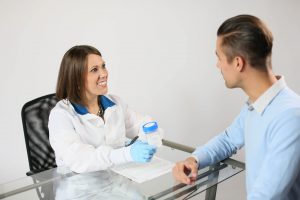

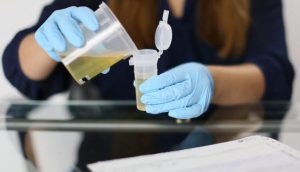
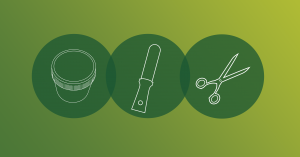
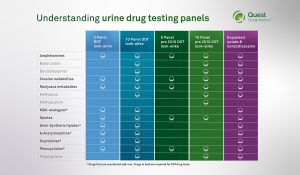
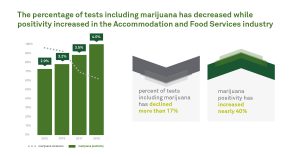


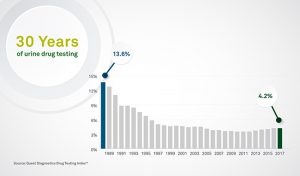
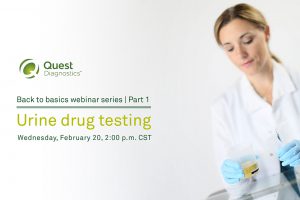
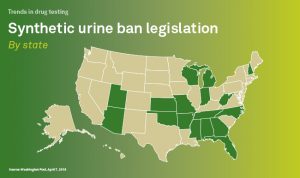
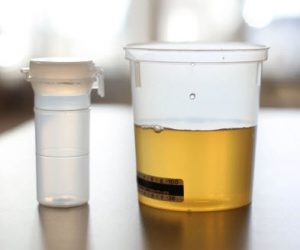
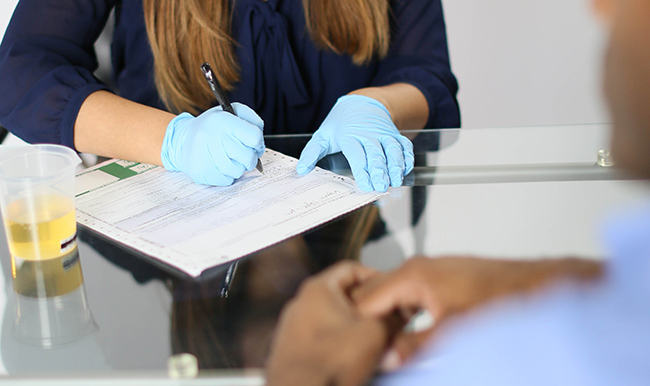
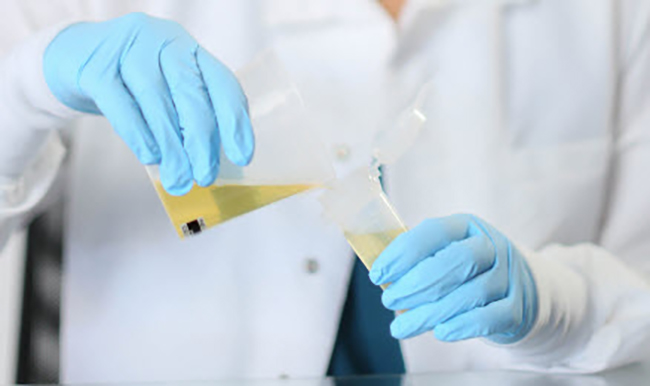
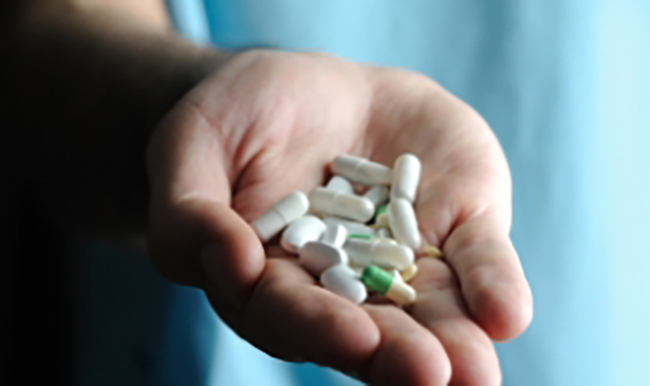




These prescribed drugs are obtained on the street from numerous sources or from individuals who visit many different doctors with fake symptoms to obtain multiple prescriptions for the drugs.
In the past, opiate drug screening panels only detected opiates such as Codeine and Morphine. Since the other opiates share structural similarities with Morphine, the opiate screening reagents detect additional opiates to varying extents. In the case of Oxycodone, most general opiate screens only detect Oxycodone if it is present at a high concentration.
However, Quest Diagnostics urine screening technology has a specific reagent that can detect Oxycodone as low as 100 ng/mL. In a pilot study by Quest Diagnostics using 20,000 specimens, the positivity rates for Oxycodone alone increased from 0.19 percent to 0.53 percent 3 – an increase of more than 150 percent using the new, expanded panel. The expanded opiate panel includes testing for Codeine, Oxycodone, Hydromorphone, Hydrocodone, Morphine, and Oxymorphone.
OxyContin®, OxyFast®, OxyIR®, Roxicet®, Tylox®
1 National Survey on Drug Use & Health (NSDUH) formerly the National Household Survey on Drug Abuse. 2003.
2 Drug Abuse Warning Network (DAWN) emergency department (ED) data. 2000 – 2002.
3 Results of workplace drug tests performed by Quest Diagnostics Inc. between 2003 and 2004.
For more information about drug testing, visit our website.